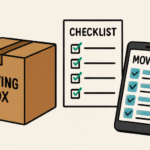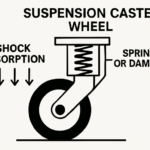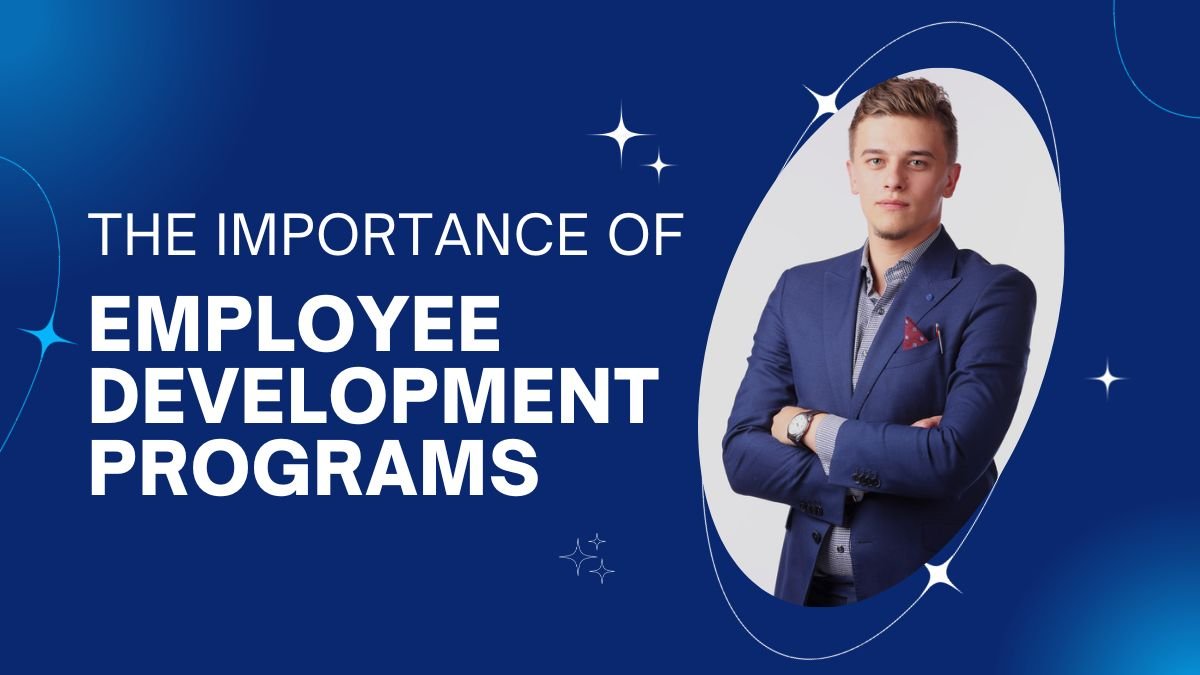Employee development programs give employees the resources and tools to sharpen their talents. They also help companies bridge gaps between current talent and the skill sets they need for future success. Employees who feel engaged in their roles are more likely to stay. Providing opportunities to develop their skills helps reduce turnover and cultivate a skilled workforce.
Identify Your Goals
When it comes to employee development, the goal is to set employees up for success. That means training and skills mastery but also requires an overall plan to help them get there. Too often, organizations need to consider the bigger picture before looking at tools and training courses. It’s essential to have a template for those plans and ensure they align with the company’s and leadership’s business goals. That starts with asking employees what they want from their work and career. It’s important to know what drives them, especially if they’re newer to the company or industry. For example, they may want more speaking engagements to boost their exposure and thought leadership. Managers need to map this information against the business-oriented list of development needs established in step one to create alignment. It will ensure that the goals are both relevant to the company and achievable by the employee. It will help prevent burnout, improve morale, and stop premature turnover in its tracks.
Measure Your Results
Employee development programs are a great way to help your employees grow and achieve their professional goals. However, if your program isn’t measuring its success, it may be challenging to keep people engaged. An excellent way to measure your results is by using a tool that allows you to gather feedback from learners on the course content. It can help you identify areas where the training could be improved. Another good way to measure your results is by creating a mentorship program. It can allow your employees to learn from more experienced team members and give your organization a new generation of leaders. Ultimately, creating an effective employee development program is about balancing the skills your employees want to develop with the skills your company needs to be competitive. Creating a program that helps your employees succeed and grow will be accessible when you can do this.
Evaluate Your Employees’ Skills
It’s important to know where your employees are at with their skills and what they need to grow. An employee development assessment will provide you with the necessary information to create a plan to help them advance in their careers and meet the company’s goals. You can find this information through an existing data set like performance reviews or questionnaires. Still, it’s also a good idea to use skills tests as they will give you quantifiable data to compare across your team. It will eliminate bias and make it easier to identify where your employees are at with their abilities. You can even ask your employees to map out their career paths and what steps they need to take to reach their goals through a mentorship program or additional training opportunities. It shows that you care about their growth and development as individuals, boosting engagement and making them feel valued in your workplace. Moreover, when they see that the company is investing in them, they will be more likely to follow through on their plans, thus enhancing productivity and overall work ethic.
Create a Plan
Employee development programs work best when an employee’s goals align with business objectives. The first step is to identify your employees’ goals and discuss how their development plan can support those objectives. Then, you can help them create an actionable development plan that outlines the steps necessary to reach those goals. This plan should be as SMART (specific, measurable, achievable, relevant, and time-bound) as possible. Ideally, your employees’ development plans will also address the company’s needs, such as succession planning or filling gaps in the workforce. It will not only increase your employee retention, but it will also save you money on recruiting and training fees. For example, an employee who wants to advance into an HR role can develop a plan to get an HR certification or serve in a temporary HR position to gain the necessary skills. Having a development program that helps your employees move up the ladder and find the right roles for them will give your business more opportunities to recruit top talent.
Implement the Plan
Whether you use HR software to survey your employees or other tools for performance management, finding ways to measure your results will help you see if your program is working. For example, you can survey your sales team to see if their training on sales techniques is helping them close more deals or ask your customer service representatives about their progress with time management skills to gauge the impact of their training. When creating your employee development plan, consider each individual’s unique skills and interests. For example, one worker may be eager to learn how to manage others while another wants to develop their technical skills. For this reason, you should take a holistic approach to professional growth and offer formal education and on-the-job training. In light of the Great Resignation and trends in “quiet quitting,” companies need to offer workers a way to hone their existing skills and expand their talents so they stay motivated and engaged at work. Implementing a successful employee development program can build a highly skilled workforce and improve your business’s competitiveness.










